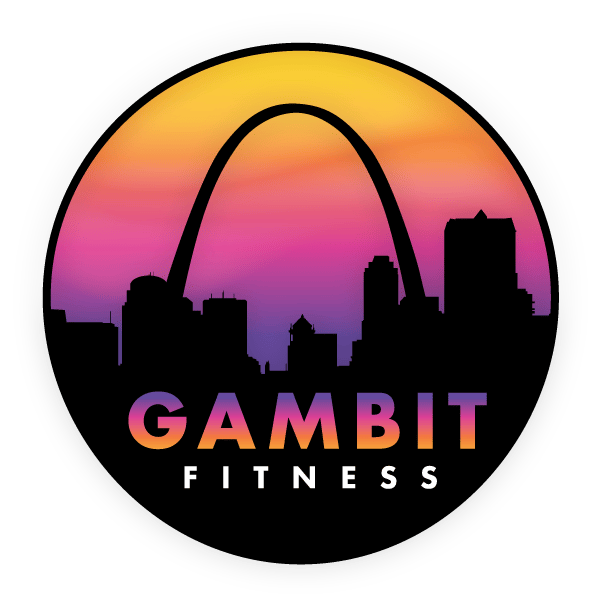GAMBIT FITNESS
MEMBER HANDBOOK SERIES
___
By Andrew Essig
As first outlined in the “What Is Fitness?” article from 2002, CrossFit recognizes 10 general physical skills. They are cardiovascular/respiratory endurance, stamina, strength, flexibility, power, coordination, agility, balance, and accuracy.
You are as fit as you are competent in each of these 10 skills, and a regimen develops fitness to the extent that it improves each of these 10 skills.
10 PHYSICAL SKILLS
Cardiovascular/Respiratory Endurance
The ability of the body’s systems to gather, process, and deliver oxygen.
This is generally considered to be movements you can do with an elevated heart rate but without a large amount of focus. Other movements may qualify, but in general they are activities like running/jogging, rowing, and cycling.
Stamina
The ability of body systems to process, deliver, store, and utilize energy.
Think of this as your ability to sustain an activity over a period of time, as well as your ability to recover during short periods of rest.
Strength
The ability of a muscular unit, or combination of muscular units, to apply force.
Simply put, how much weight you can lift in a given movement. “How much you bench, bro?”
Flexibility
The ability to maximize the range of motion at a given joint.
Often overlooked as a component of fitness, flexibility can have a huge impact on your overall health and performance. More range of motion in the shoulders and arms can equate to a heavier split jerk, or improve your handstand walking capability. Increasing one’s flexibility can also reduce posture issues, improve joint health and reduce general pain and inflammation in some cases.
Power
The ability of a muscular unit, or combination of muscular units, to apply maximum force in minimum time.
If stamina is your ability to run a long distance, power is your ability to sprint. Most people can run 400m, but Power begs the question of how quickly it can be done.
Power also plays a major role in the Snatch and Clean and Jerk lifts, where the generating speed of the barbell is crucial.
Speed
The ability to minimize the cycle time of a repeated movement.
CrossFit frequently measures activities in time. If you possess the strength to complete 30 muscle ups, we want to know how quickly you can complete 30 muscle-ups!
Coordination
The ability to combine several distinct movement patterns into a singular distinct movement.
Sports and life in general require coordination, so it makes great sense to improve that skill within the gym.
Agility
The ability to minimize transition time from one movement pattern to another.
This component is less measurable than some, but in the gym it often falls under “transition time”, or how quickly an athlete can mount/dismount a GHD, or Row Erg. Burpee box jump-overs also come to mind.
Balance
The ability to control the placement of the body’s center of gravity in relation to its support base.
Balance not only plays a part of our daily lives and general joint health, but it’s also a key marker for longevity – perhaps more so than the other components. Those with better balance tend to live longer.
Accuracy
The ability to control movement in a given direction or at a given intensity.
Likely easiest to conceptualize while thinking of sports like baseball or football, accuracy comes into play any time you’re attempting to move an external object. Accuracy is knowing how that object will respond to the force you’re applying.
What Does This Mean to Me?
CrossFit programming is broad, general and inclusive. Daily group workouts at Gambit Fitness will develop all of these 10 skills in equal measure. Some athletes will want or require specific attention in one area to achieve overall balance. This is where accessory programming or individual coaching will come into play. But for the vast majority of athletes, this approach will produce the most well-rounded results and build a powerful platform for health and longevity.
-Coach Andrew
